Optimal Timing for Flat Roof Patchings
Flat roof patchings are essential for maintaining the integrity of roofing systems and preventing water infiltration. Timing plays a critical role in ensuring effective repairs, with weather conditions and seasonal factors influencing the success of patching projects.
Dry, mild weather with low humidity ensures proper adhesion and curing of patching materials, reducing the risk of future leaks.
Spring and early fall are generally ideal seasons, offering moderate temperatures and minimal precipitation.
High heat can cause materials to cure too quickly, while freezing temperatures hinder proper application and curing processes.
Performing patchings after storms can address damages caused by severe weather, but only when conditions are dry and stable.

Spring offers moderate temperatures and low rainfall, ideal for patching projects.
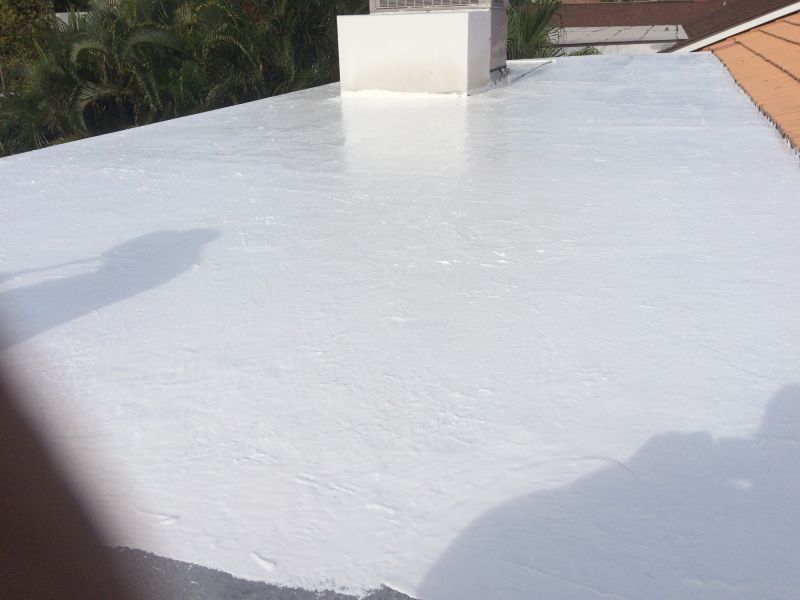
Summer's warmth can accelerate curing, but high temperatures require careful planning.
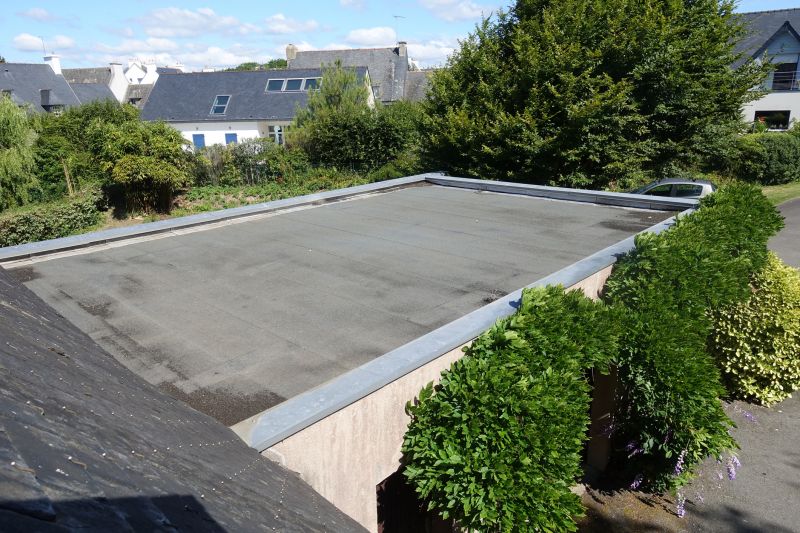
Fall provides cool, dry conditions suitable for effective patching work.
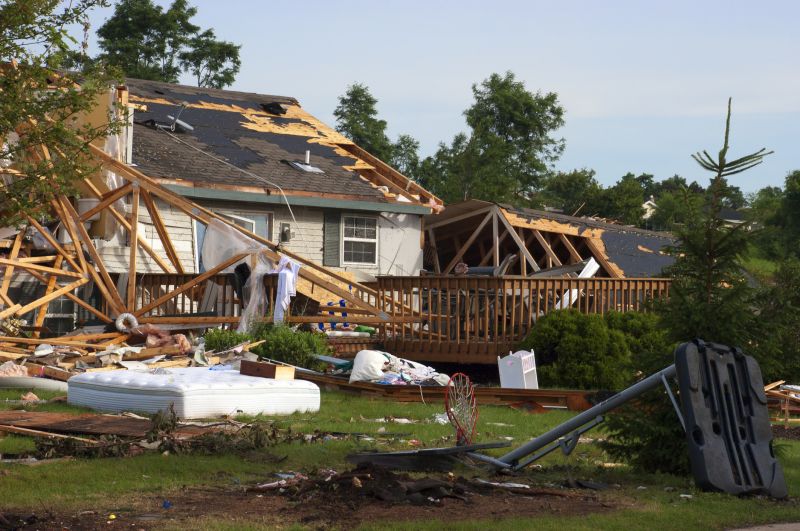
Address damages promptly after storms when weather clears.
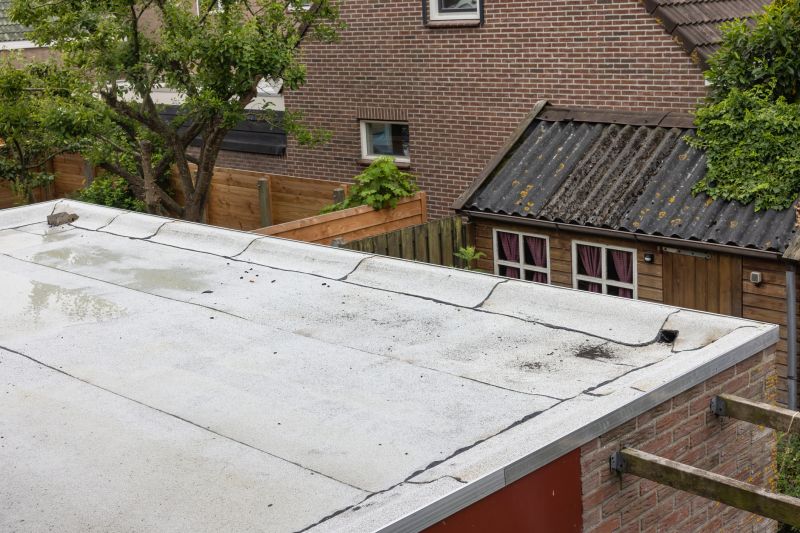
Perform repairs during early hours for optimal conditions.

Late afternoon can be suitable if weather remains dry and temperatures are moderate.
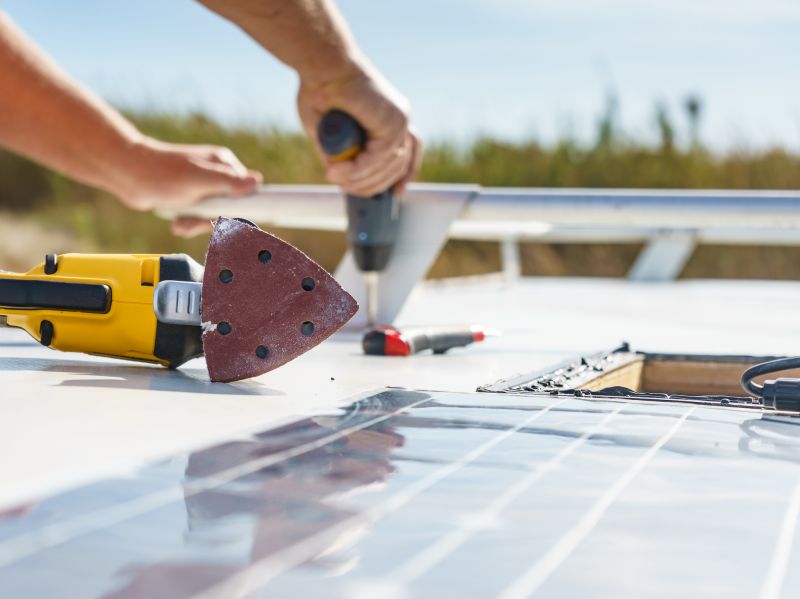
Long dry spells reduce the risk of moisture interfering with patching materials.

Cold temperatures and snow make patching ineffective and potentially damaging.
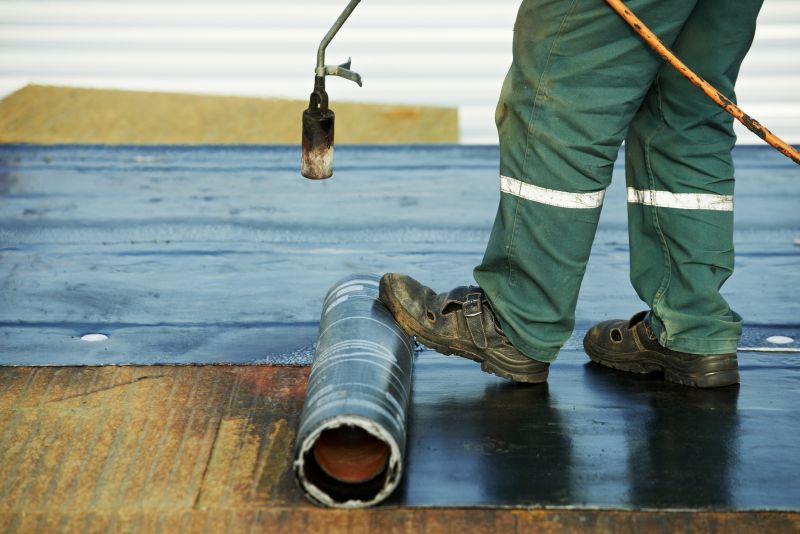
Constantly monitor weather forecasts to choose the best window for repairs.
| Season | Best Conditions |
|---|---|
| Spring | Moderate temperatures, low humidity, minimal rain |
| Summer | Warm weather, but avoid extreme heat |
| Fall | Cool, dry, and stable weather |
| Winter | Not recommended due to cold and snow |
| Post-Storm | Dry conditions after severe weather |
Flat roof patchings are a proactive approach to maintaining roofing systems. Proper timing ensures the effectiveness of repairs, minimizes disruptions, and enhances the durability of the patching materials. Seasonal variations significantly influence the success rate, with mild, dry periods offering optimal conditions for application and curing.
Statistics indicate that repairs performed during favorable weather conditions have a higher success rate, extending the lifespan of patchings by up to 30%. Proper timing reduces the likelihood of rework, saving costs and preventing further damage caused by water infiltration or material failure.

A technician applying patching material under optimal weather conditions.
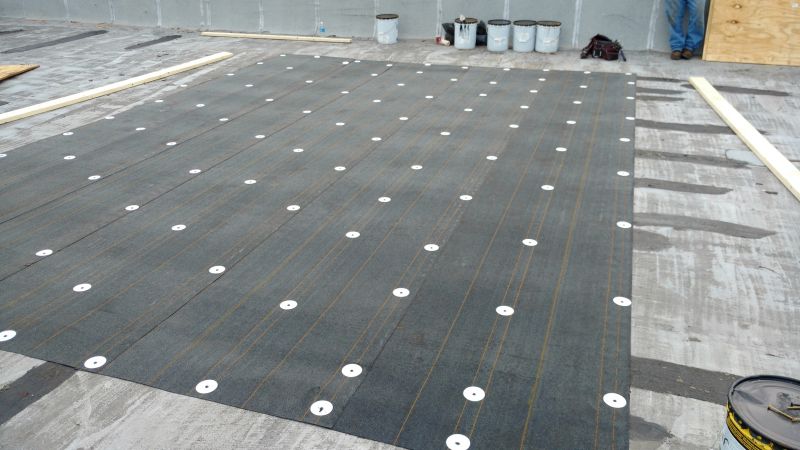
Finished repairs demonstrating durable sealing and coverage.
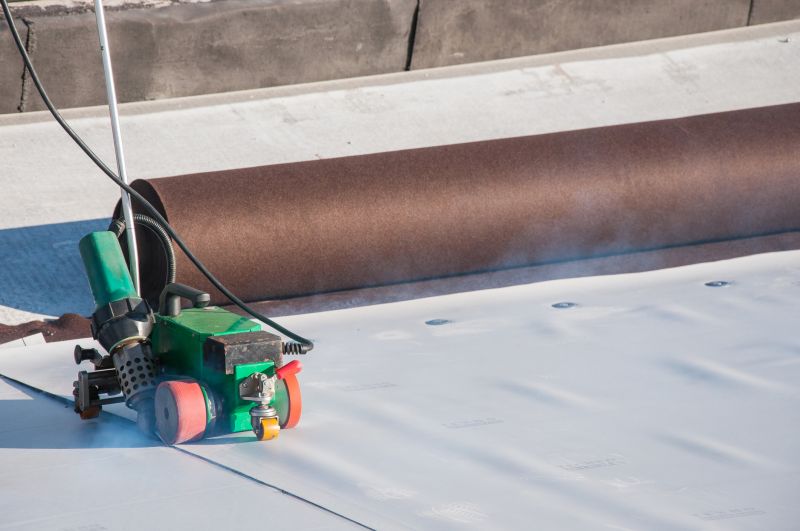
Essential tools used for effective patching procedures.
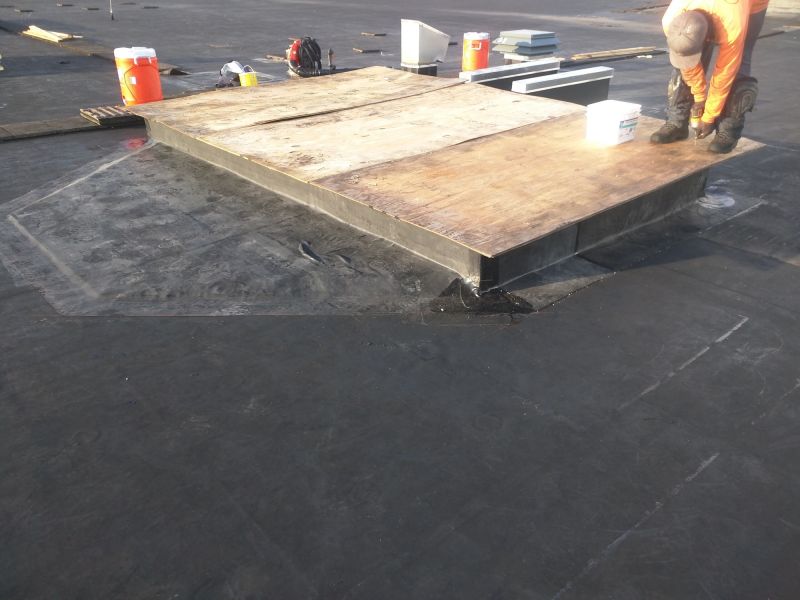
Monitoring weather to plan repair schedules.
Interested parties are encouraged to contact for more information on scheduling flat roof patchings during optimal periods. Proper timing ensures long-lasting repairs and maintains roof integrity effectively.
